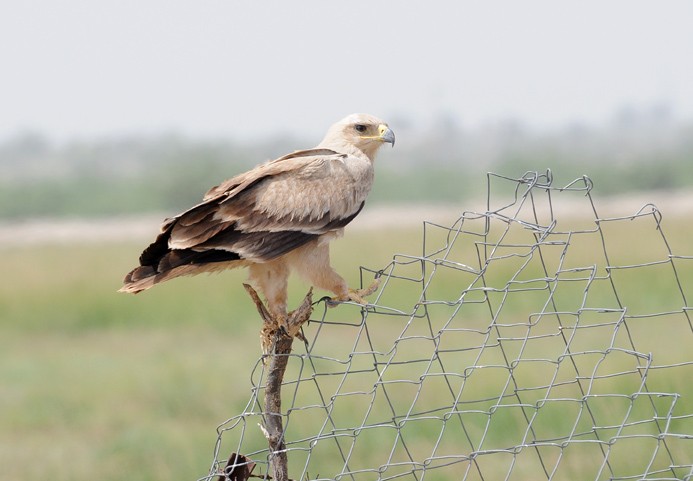 Where does tawny Eagle usually live?
Where does tawny Eagle usually live?
Where does tawny Eagle usually live?
Tawny eagles occurs in fairly open country at varied elevations but usually live in drier areas. In West Africa, the species breeds often in relatively moist forest-savanna mosaics but can move into dry woodlands and semi-deserts when not breeding. In Morocco, the species prefers forested areas near mountains with adjacent plains. Elsewhere in Africa, tawny eagles typically inhabit wooded savanna such as dry Acacia savanna and semi-desert to desert areas. However, extreme desert areas, completely lacking in arborescent growth, are avoided nearly as much so as humid tropical rainforests. It also occurs at times in manmade areas such as arable lands, roadsides, dams, farmland, cattle pastures and game areas if feeding opportunities occur in them. In southern Africa, thornveld is often the preferred habitat with the tawny eagles mostly preferring stands of Acacia. Despite similar climates, within the miombo woodland, the tawny eagle tends to be more scarce. In India, similar habitats may largely be used but the tawny eagle may fairly often occur too in the vicinity of villages and cultivations and frequents garbage dumps and slaughterhouses somewhat more so than they do in Africa. In addition to all gradients of arid zones, in India, the tawny eagle frequently is found around thorn forests. Tawny eagles may live from sea level to about 3,000 m (9,800 ft) but tends to prefer somewhat lower elevations. Despite a certain level of aridity expected in tawny eagle habitats, they normally will not nest unless a habitat meets certain demands. The tawny eagle's presence is predicated on the availability of ephemeral rainfall during the wet season. This reliance on some rainfall is probably key to habitat quality and resulting prey populations to some extent, but also to the availability of nesting sites. The tawny eagle is by and large an obligate tree nester and so areas that become too arid to support tree growth or where trees are overharvested are unlikely to retain the species.
